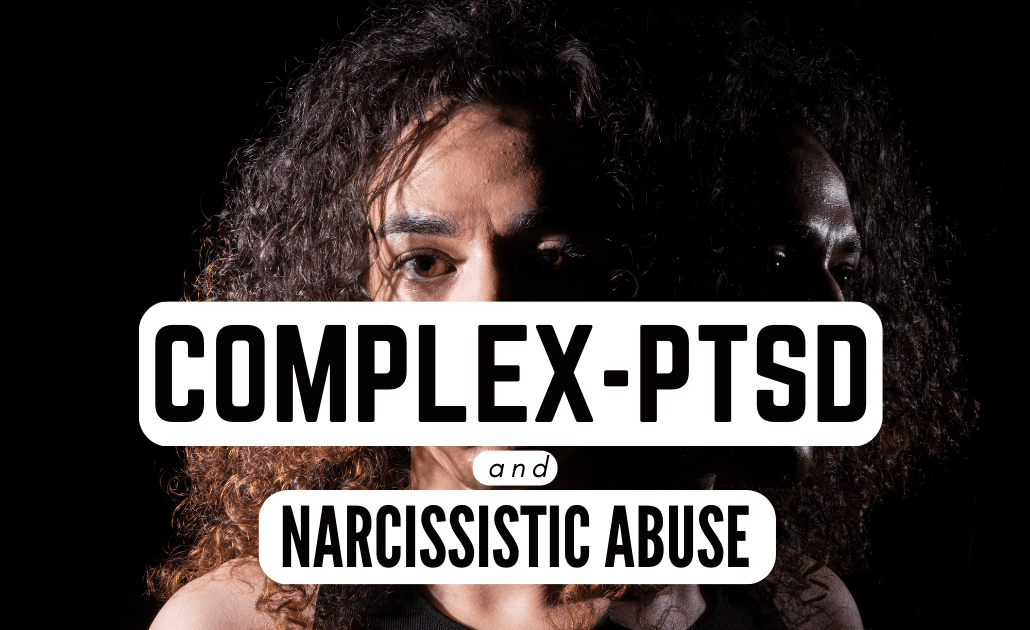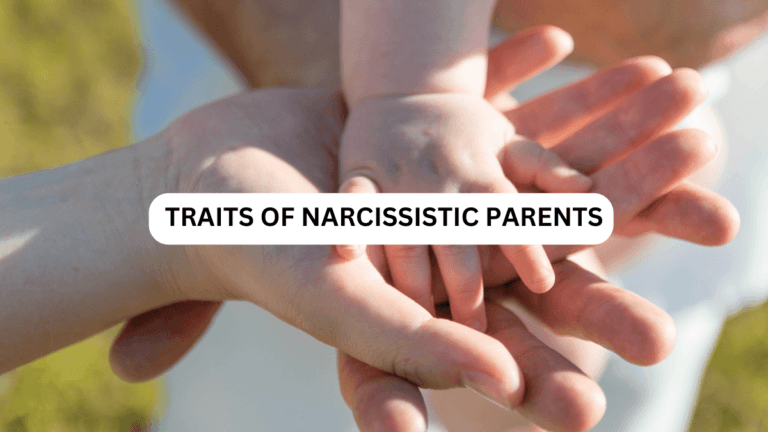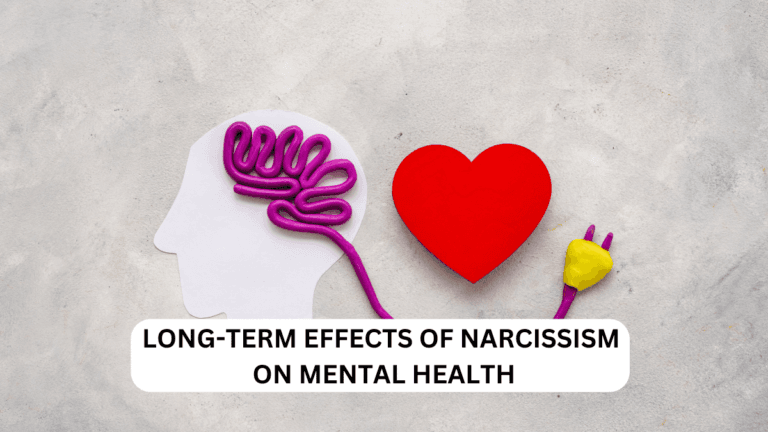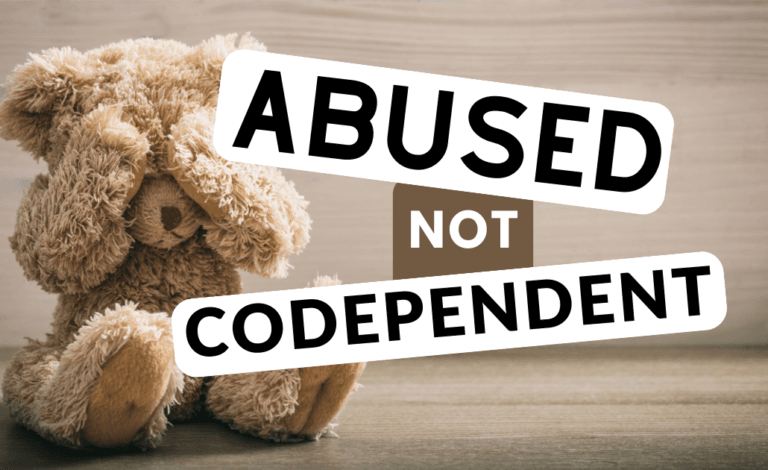Understanding the Difference Between PTSD and Complex-PTSD
Does Complex-PTSD Stem from Narcissistic Abuse?
Post-Traumatic Stress Disorder (PTSD) and Complex Post-Traumatic Stress Disorder (Complex-PTSD) are two closely related conditions that can arise after experiencing traumatic events. While they share some similarities, it is crucial to recognize the distinctions between them in order to ensure accurate diagnosis, appropriate treatment, and improved outcomes for those affected.
PTSD and Complex PTSD, or C-PTSD, are two different conditions that can manifest after experiencing traumatic events. While they share some similarities, there are also crucial differences between the two. Here are five of the main differences between PTSD and Complex PTSD:
Table of Contents
Duration of Trauma
While PTSD can occur after experiencing a single traumatic event, Complex PTSD is typically the result of experiencing prolonged, chronic trauma.
Severity of Symptoms
The symptoms of Complex PTSD tend to be more severe and debilitating than those of PTSD. They can include issues with self-esteem, emotion regulation, interpersonal relationships, and more.
| PTSD | Complex-PTSD | |
|---|---|---|
| Duration of Trauma | Single traumatic event | Prolonged and repeated trauma |
| Severity of Symptoms | Moderate to severe symptoms | More severe and pervasive symptoms |
| Emotional Regulation | May experience difficulties, but not as severe or persistent | Severe and persistent disturbances |
| Self-Concept | Generally intact | Distorted and negative self-perception |
| Interpersonal Relationships | May experience difficulties, but less pronounced | Impairments in forming and maintaining relationships |
| Dissociation | Occasional dissociative symptoms | More commonly observed dissociative symptoms |
| Treatment Options | Trauma-focused therapies, psychoeducation, medication if necessary | Trauma-focused therapies with a tailored approach addressing self-identity and interpersonal difficulties, psychoeducation, medication if necessary |
Start Your Journey Here!
Sense of Identity
People with Complex PTSD often struggle with a disrupted sense of self and may have difficulty forming a coherent identity. This can be a result of the ongoing trauma they have experienced.
Options for Treatment
There are several treatments available for PTSD, including cognitive-behavioral therapy and medication. However, treating Complex PTSD often requires a more comprehensive approach, including the use of specialist therapies such as schema therapy and somatic experiencing.
Recognition
While PTSD is now widely recognized as a condition, Complex PTSD is still not officially recognized as a separate diagnosis in some diagnostic systems. This can make it harder for people with Complex PTSD to access the treatment they need.
While there are similarities between PTSD and Complex PTSD, there are also significant differences that can impact diagnosis, treatment, and overall wellbeing. It’s important to seek help from a mental health professional if you are experiencing symptoms of either condition, as timely and appropriate treatment can be life-changing.
Does Complex-PTSD Stem from Narcissistic Abuse?
Narcissistic abuse, characterized by manipulative and exploitative behaviors from a narcissistic individual, can have profound and long-lasting effects on the victims, often resulting in Complex Post-Traumatic Stress Disorder (Complex-PTSD).
Complex-PTSD is a specific form of trauma-related disorder that emerges from chronic and repeated exposure to traumatic experiences, such as narcissistic abuse.
The following are some ways how narcissistic abuse trauma can lead to Complex-PTSD:
Emotional Manipulation
Narcissists employ various manipulative tactics, such as gaslighting, invalidation, and emotional blackmail, to control and degrade their victims.
This emotional abuse creates a sense of self-doubt, and confusion, undermines the victim’s perception of reality, leading to chronic psychological trauma.
The Cycle of Abuse
Narcissists often alternate between periods of affection, validation, and devaluation, creating an unpredictable and chaotic environment for the victim.
This intermittent reinforcement erodes the victim’s sense of self-worth and destabilizes their emotional well-being, contributing to the development of Complex-PTSD symptoms.
Loss of Identity
Narcissistic abuse involves a relentless attack on the victim’s self-esteem, identity, and autonomy. The constant criticism, humiliation, and invalidation can result in a distorted and negative self-perception. Victims may lose touch with their true selves, struggling to establish a coherent and stable identity.
Related: 7 Ways Narcissists Obtain Supply
Trauma Bonding
Victims of narcissistic abuse often develop a complex attachment to their abuser due to intermittent reinforcement and psychological manipulation.
This trauma bond creates a sense of dependency, making it challenging for the victim to escape the abusive relationship. The ongoing exposure to abuse reinforces feelings of powerlessness, helplessness, and despair, contributing to Complex-PTSD.
Social Isolation
Narcissists often isolate their victims from friends, family, and support networks, leaving them feeling alone and trapped.
The lack of external validation and support exacerbates the impact of the abuse and hampers the victim’s ability to heal and recover.
The cumulative effects of narcissistic abuse can lead to the development of Complex-PTSD.
Recognizing these dynamics and seeking appropriate support, such as therapy and trauma-focused interventions, is crucial for survivors to navigate their healing journey and reclaim their lives from the grip of narcissistic abuse.










